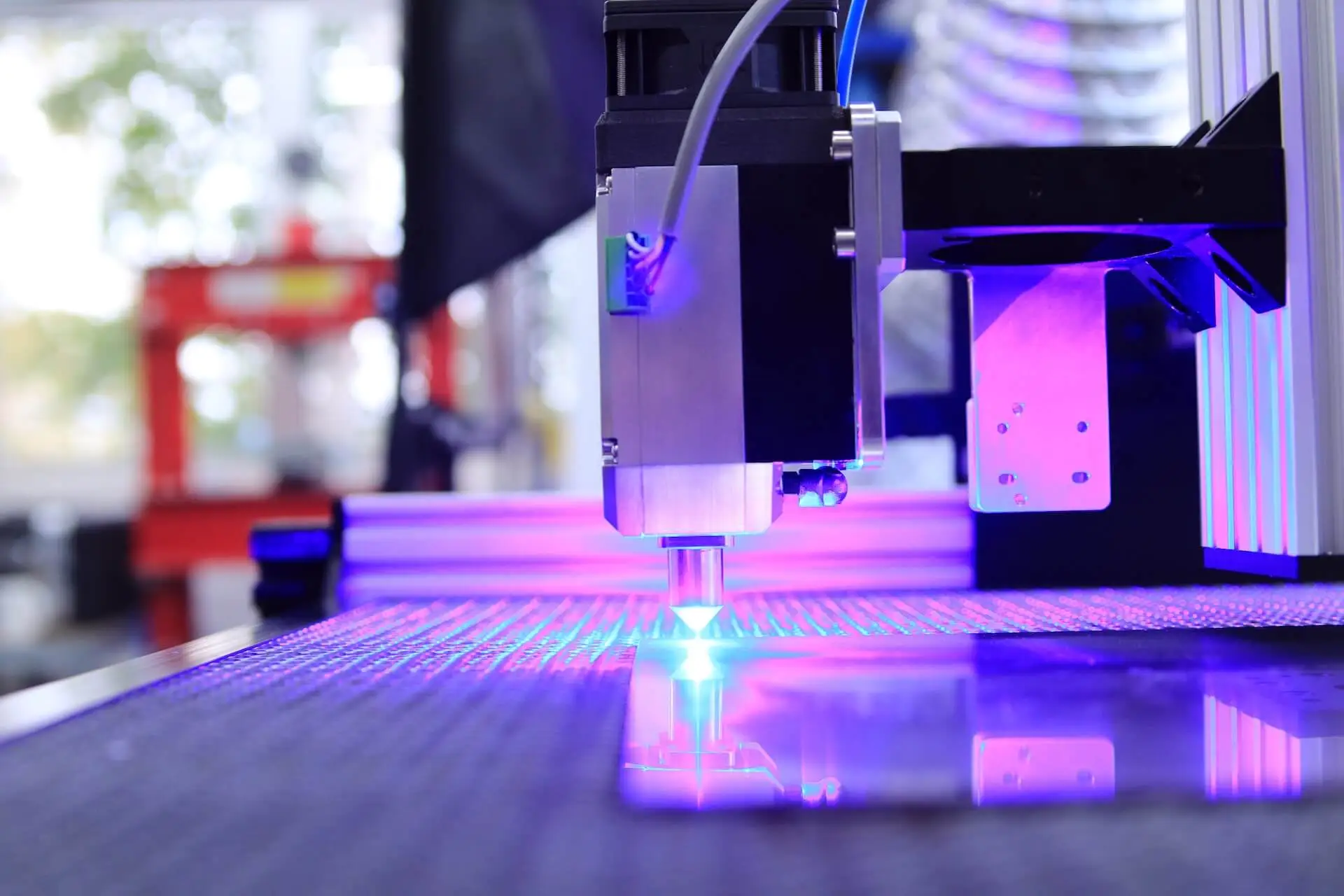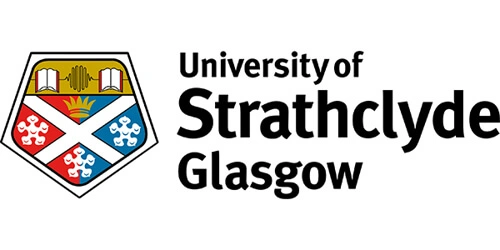Research Programme: Transparent Ocean
Programme Lead: Professor Jinchang Ren
Supported By: Dr Yijun Yan
Funder/Sponsor: Carpenter Additive
Project Status: Complete
Overview
Carpenter Additive utilises metal powders for 3D printing key components, where the presence of moisture and contaminants may affect the quality of the final products. The NSC has recommended that the company employ hyperspectral imaging (HSI) and machine learning for characterising different metal powders, including Titanium, Aluminium, Tungsten, Steel and Nickel. Through nonintrusive detection of the contaminated samples and measuring of water contents, the company can more accurately control the material for improved product quality and reduced waste accordingly.
Motivation
As an emerging technique for non-destructive inspection, hyperspectral imaging has been successfully applied in various applications for quality grading and control of materials and products. The popularity derives from the non-destructive nature of HSI, where samples can be analysed chemometrically without altering their physical integrity. A second advantage is the rapid data acquisition. In general, metal powders are the main material for 3D printing key components, but the major challenge here is the presence of moisture and contaminant may affect the quality of the final products. Traditional inspection methods such as visual inspection and RGB camera-based inspection are less effective due to two main reasons. First, the popular metal powders including Titanium, Aluminium, Tungsten, Steel and Nickel have similar colour properties. Second, their particle size is micron-level. As a result, the contamination cannot be effectively detected by the naked eye and inspection techniques that depend on colour. In this case, HSI is extremely useful for characterising different metal powders and detection of the contamination and water contents in order to better control the material for improved quality of the produced products.
Real-World Impact
It is expected that this will enable manufacturers to identify and address defects before they result in costly failures or safety hazards. Subsequently, it can bring the potential to reduce waste and improve efficiency by enabling manufacturers to identify and correct issues early in the production process. This can lead to significant cost savings and environmental benefits. Similar techniques can be easily extended to the inspection and grading of materials and solid/liquid objects in a wide range of areas.








